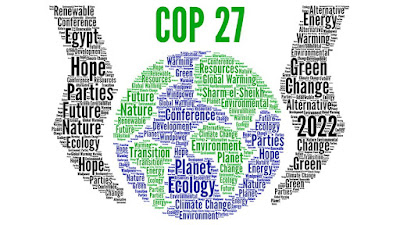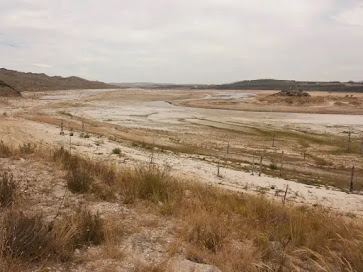Climate Justice matters

Countries recently gathered for the 27th Conference of the Parties (COP27) with the aim of increasing awareness and stepping up efforts to solve the climate emergency and climate injustice ( UNFCCC, 2022 ). Figure 1 : COP27 What is climate justice? It is the "merge of the environmental and civil rights movement" ( Bryant and Mohai, 2019 ) that is meant to safeguard not just the environment but also the people livelihoods depend on the endangered environment. The historical global inequalities resulted from centuries of colonisation and exploitation serve as the foundation for the structural injustice that exists today. At COP6 in 2001, it was recognised that those have least responsible for greenhouse gas emissions ( Schlosberg and Collins, 2014 ) would bear the brunt of the burden of climate change. Climate change contributes to structural injustice that already afflicts society, increasing multifaceted vulnerability of climate effects (e.g., socioeconomic position, gende
